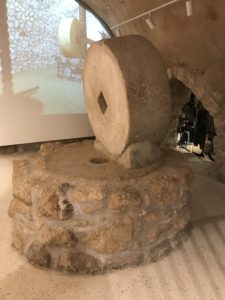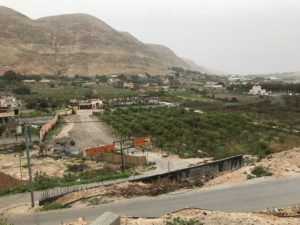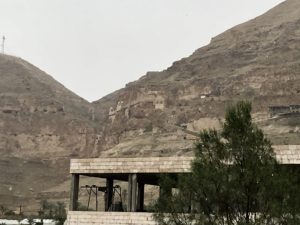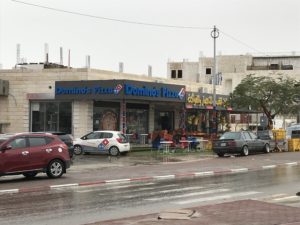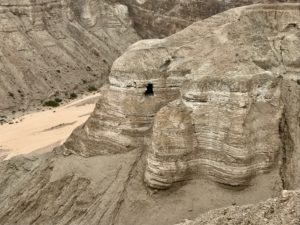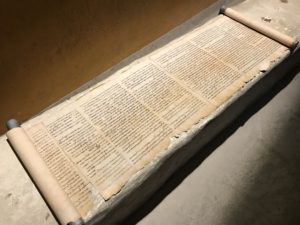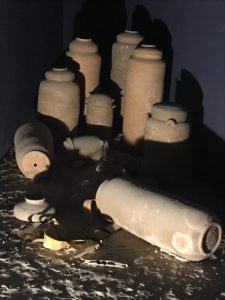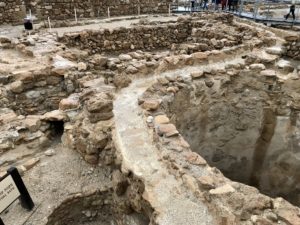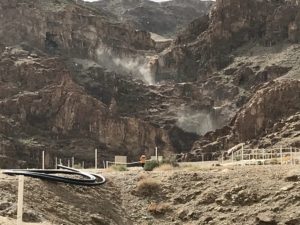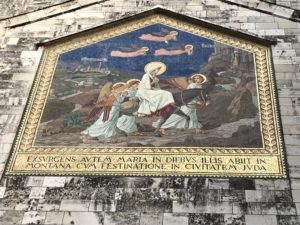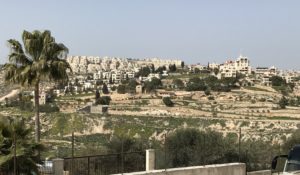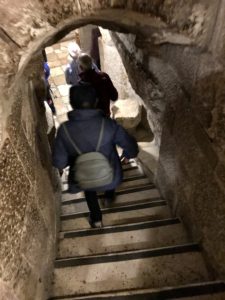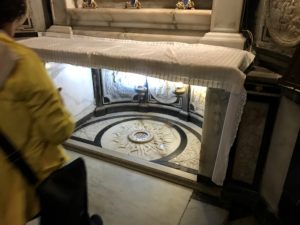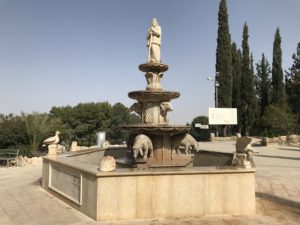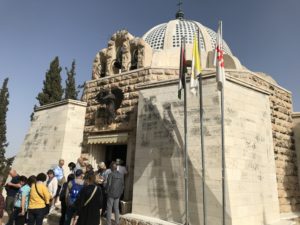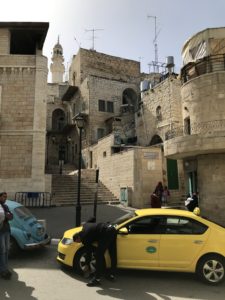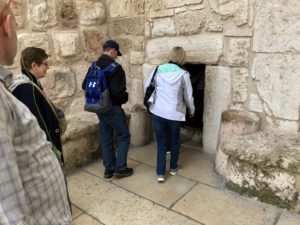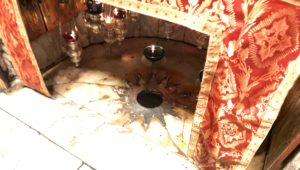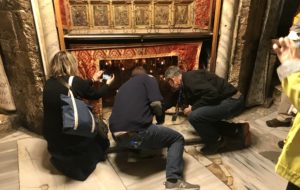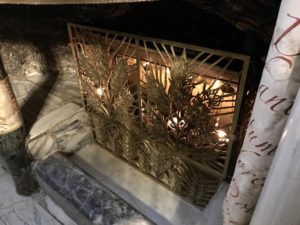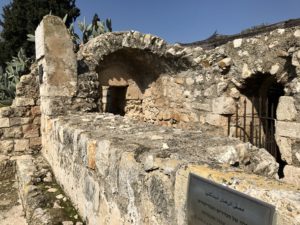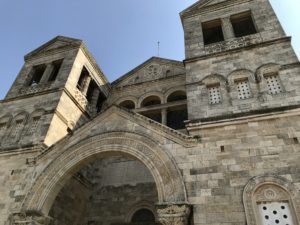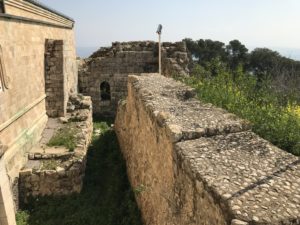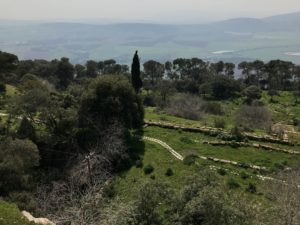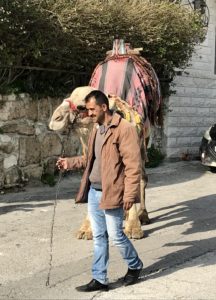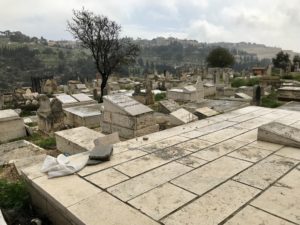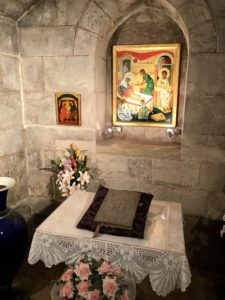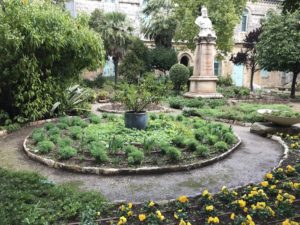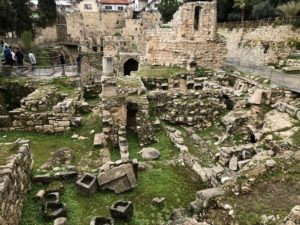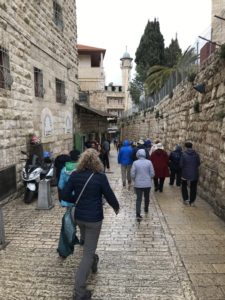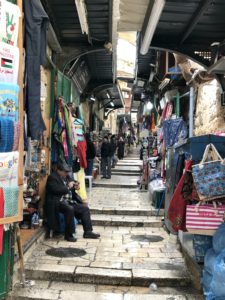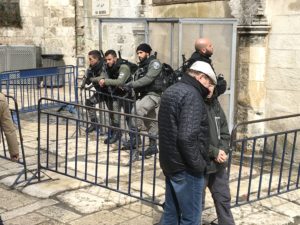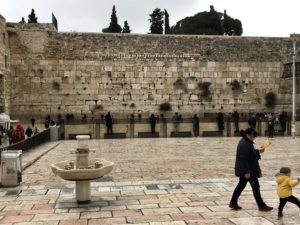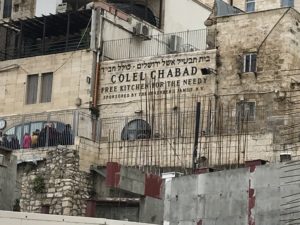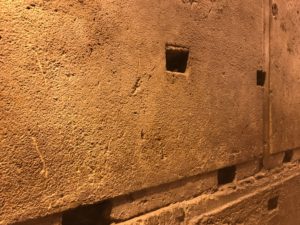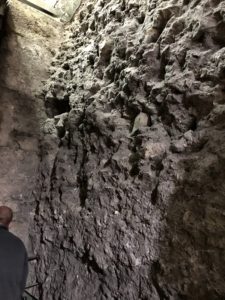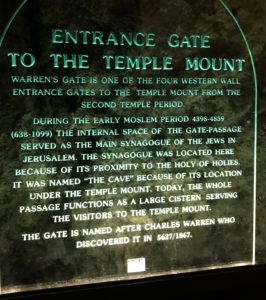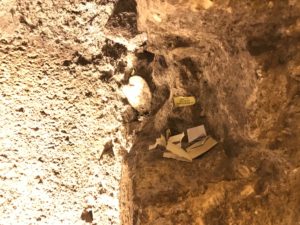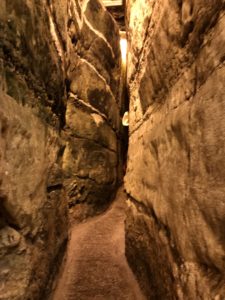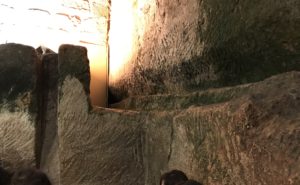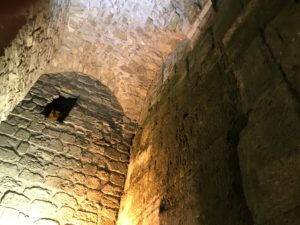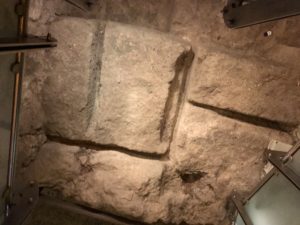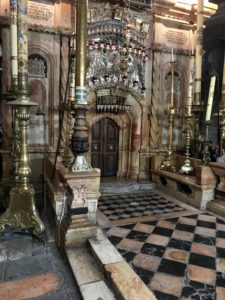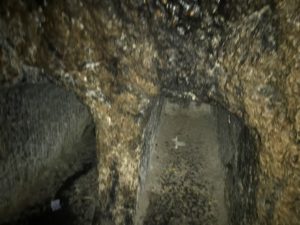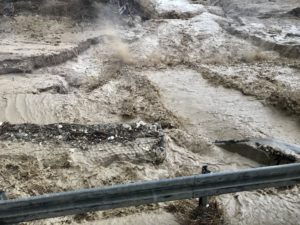 Our last day was again a rainy one and picture taking was at times somewhat handicapped. But the two days of rain also served to remind us that for most of the trip we have had great weather. The rains created flash flooding in the southern areas of the Holy Land, and we were temporarily delayed from a road being closed for a time. Later we found out that some school children had to be rescued from flooding in an area we had been in just a couple of days before.
Our last day was again a rainy one and picture taking was at times somewhat handicapped. But the two days of rain also served to remind us that for most of the trip we have had great weather. The rains created flash flooding in the southern areas of the Holy Land, and we were temporarily delayed from a road being closed for a time. Later we found out that some school children had to be rescued from flooding in an area we had been in just a couple of days before.
Our day started with a visit in Bethany to the home of Lazarus and his sisters Martha and Mary. The siblings were good friends of Jesus and all are mentioned in several Gospel stories. Most famously, Lazarus was raised after death by Jesus.
Their homesite is now a compound with three distinct sections; Christian, Greek Orthodox, and Muslim. Interestingly enough, Lazarus is an important prophet in the Muslim Religion.
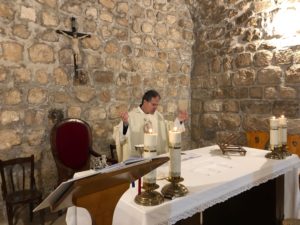
We started our visit to this site with Mass in The Crusader Chapel. I’ve included these photos by Bob because I wanted to show the space. I am unerringly drawn to the simple, and of all the incredible churches and chapels where we celebrated Mass on this trip, this was my favorite. It was stone from top to bottom, and simply adorned with an alter, some candles, a Crucifix, and the necessary chairs and lectern.
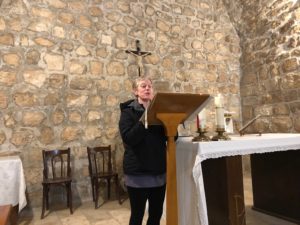
My good friend Ruth, (Bob’s wife), doing the readings. I really loved this little chapel.
Also in the Christian area was a small museum display about the processing of olive oil in the time of Jesus. These photos show some sections of a wine press from that period. 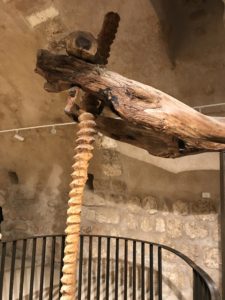
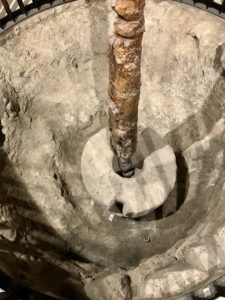
On to Jericho, which is more prominently featured in the Old Testament than the New. But in the life of Jesus, the story of Zacheas, the vertically challenged man who climbed a sycamore tree in order to see Jesus pass by, took place in Jericho.
Also, the area outside of Jericho is where Jesus “went into the wilderness” after being baptized by John. The photo below shows a Franciscan Monastery up on the side of the Mountain of Temptation where Jesus encountered Satan.
As I was standing outside a store where our group was shopping, a reminder that almost anywhere in the world now, we are never far from an American franchise.
With some adventures with water going over the road, we went to Qumran, the site of the discovery of the Dead Sea Scrolls, and our very last stop of the trip.
The Essenes were a breakaway Jewish sect that came to the area around Qumran about two hundred years before Christ. They valued separation from the outside world, ritual bathing and cleanliness, and constant study and writing. There is evidence that over the centuries they abandoned the site twice. Once because of natural disaster, and the other being rousted by the Romans. With the discovery of the Dead Sea Scrolls in 1947 by Bedouins, excavation of the area of Qumran renewed in earnest.
Most of the scrolls were found in the now famous Cave 4, an archeological designation. They included books of the Old Testament, the Apocrypha, and the sect’s own works. Some of the scrolls are on display in “The Shrine of the Book” at the Israel Museum.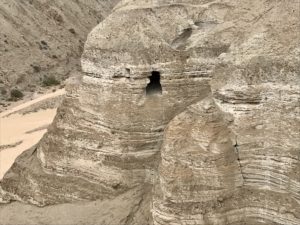 The museum on the site has a video history and replicas of some of the scrolls and the jars that contained them.
The museum on the site has a video history and replicas of some of the scrolls and the jars that contained them.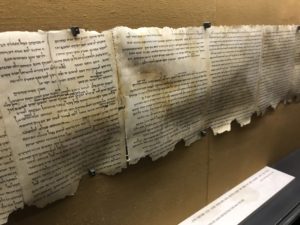
Some of the excavations of cisterns and ritual baths.
And I took the photo below just because there was thunderous water just pouring down the side of the mountain. You can see the mists from the crashing water falls.
As is often the case, while I’m finishing these last posts, I’m back at home safe and sound and enjoying a bit of cool weather. 🙂 Coming up, my final post of this trip.
